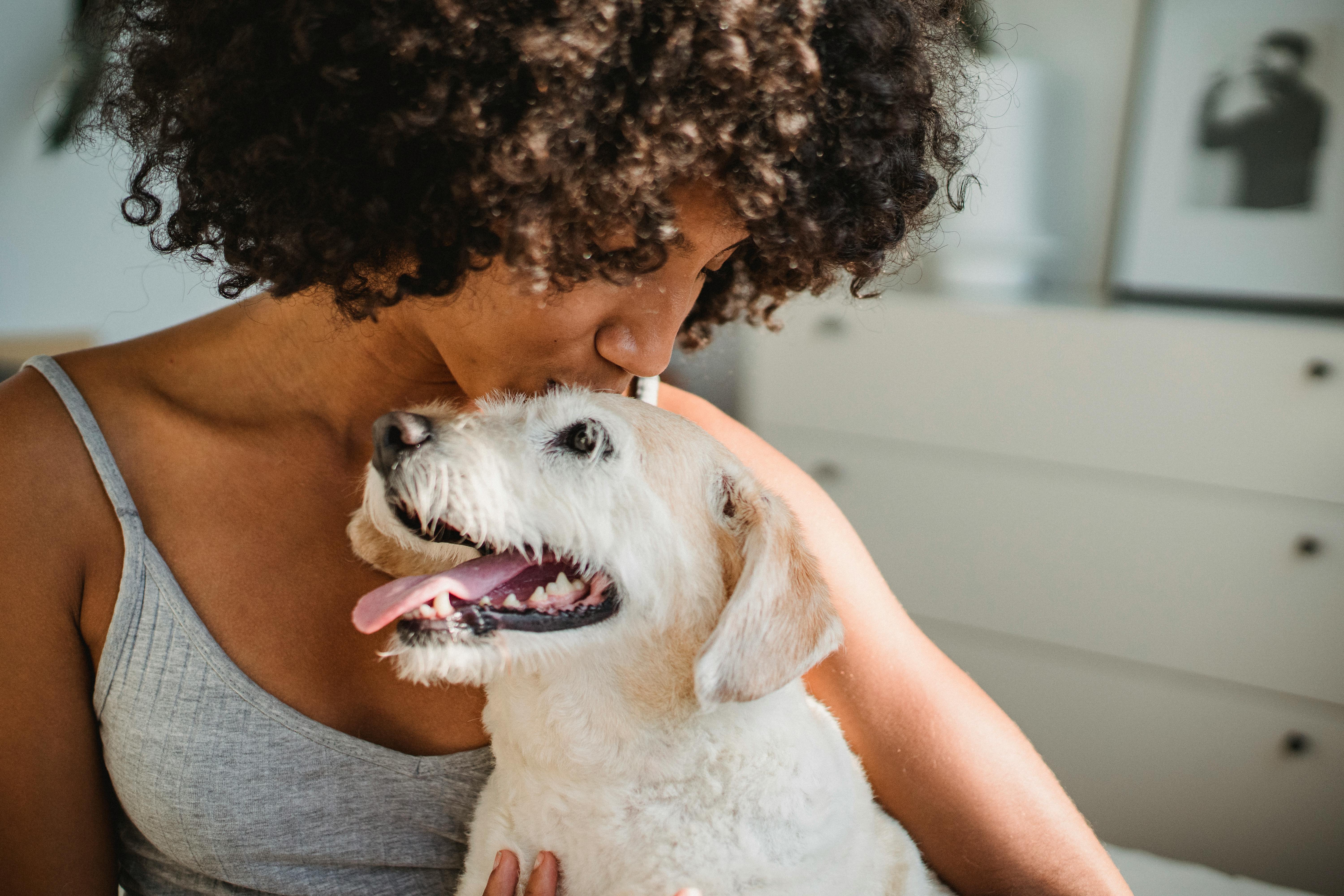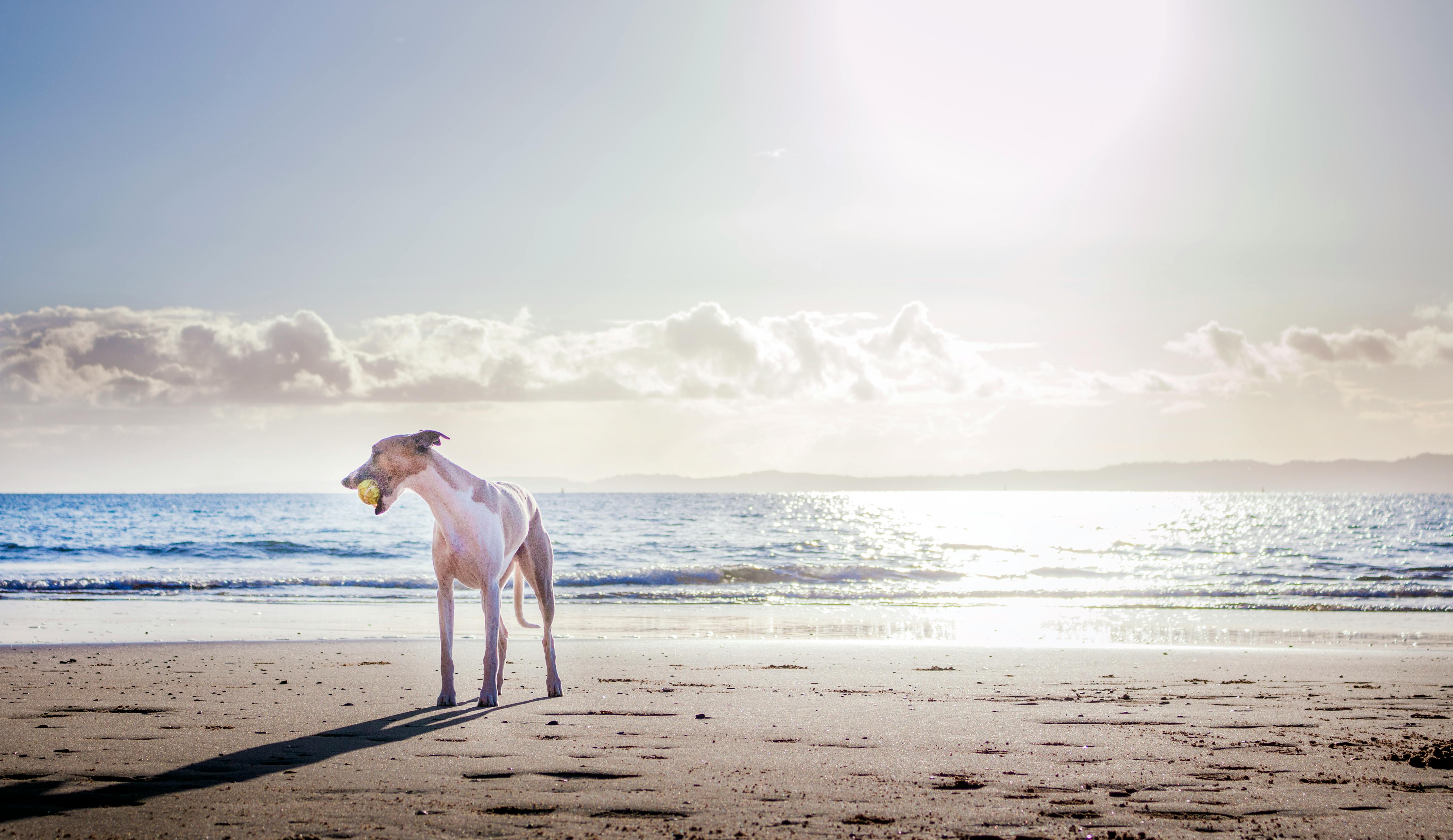Having a dog can change your life. Getting a dog that is compatible with your lifestyle can be a very rewarding experience, but all dogs require love, attention, care, and training, so before you make that decision, ask yourself these questions:
- Do I have time to give a dog the attention it requires?
- Do I have the ability to provide proper grooming, exercise, and training for a dog?
- Can I afford the expenses that a dog entails?
- Do I have what it takes to be a strong pack leader?
- Do I want to buy a dog from a breeder or adopt a dog from a foster or rescue center?
If, after answering the questions above, you decide to go ahead with your dog search, it would be wise to learn about the different breeds and their characteristics, personality/temperament, possible health conditions, and exercise and grooming requirements in order to make an informed decision. . decision. This article is a basic overview of one breed in particular: a Tamaskan. Read on to decide if this dog breed is compatible with your particular lifestyle.
History/Background: Tamaskan, which means “mighty wolf” in the North American Indian language, is said to have originated in Finland, though that is uncertain. Five husky-type dogs were imported into the UK from the US in the early 1980s and then crossed with Alaskan malamute, Siberian husky and German shepherd crosses, attempting to create a dog that resembled a wolf but with great intelligence, a good temperament and good working capacity. Breeding continued over the years to improve the bloodlines and the bloodlines were finally shut down in 2006. The Tamaskan was first imported into the US in 2005 and has grown in popularity ever since. The Tamaskan Dog Registry was formed in February 2006. Although it looks like a wolf, it has no wolf content.
Physical characteristics: The Tamaskan is large and athletic, slightly taller than German Shepherds. He has a wolf-like appearance with small ears, a bushy, straight tail, and thick, thick fur in three main colors, red-grey, black-grey, and wolf-grey, with a black cape and characteristic wolf mask. The eyes are yellow to amber and brown in color, with light colored eyes being very rare. Adults typically stand 24 to 28 inches tall at the shoulder and weigh up to 95 pounds.
Personality/Temperament: This breed is highly intelligent and excels at agility, sled racing, and obedience training, but can be stubborn and requires leadership in the pack. He is highly sociable, friendly, affectionate, eager to please, and makes an ideal family dog and loyal companion. He is tolerant of other dogs and kind to children. It prefers the company of people or other dogs and if left alone for long periods of time it may become destructive or attempt to escape. He responds well off leash and with a little training will return when called. He is an excellent working dog. A Tamaskan does not make a good watchdog due to its friendliness towards strangers. Some Tamaskans, like other arctic breeds, will howl.
Possible health conditions:No known health issues have emerged yet. The average life expectancy is 14 to 15 years.
Exercise/Preparation: The Tamaskan is very active and needs a lot of exercise, such as a daily walk or brisk jog. It requires free running and if trained it will return when called. Because he is very smart, he also needs mental exercise. Grooming is fairly easy and includes a good brushing once a week, more so during the molting season.
Life conditions:The Tamaskan is not recommended for apartment living and can become destructive or attempt to escape if left alone for long periods of time. He needs a big place to run freely every day.
Summary:The Tamaskan is a large dog that resembles a wolf but is very social and affectionate and makes an ideal family dog. He requires little grooming and has no known health issues as of yet, but requires a great deal of physical and mental exertion and can display destructive behavior if left alone for long periods of time. So now that you’ve learned a bit about this dog breed, one question remains: Is a Tamaskan the right breed for you?




